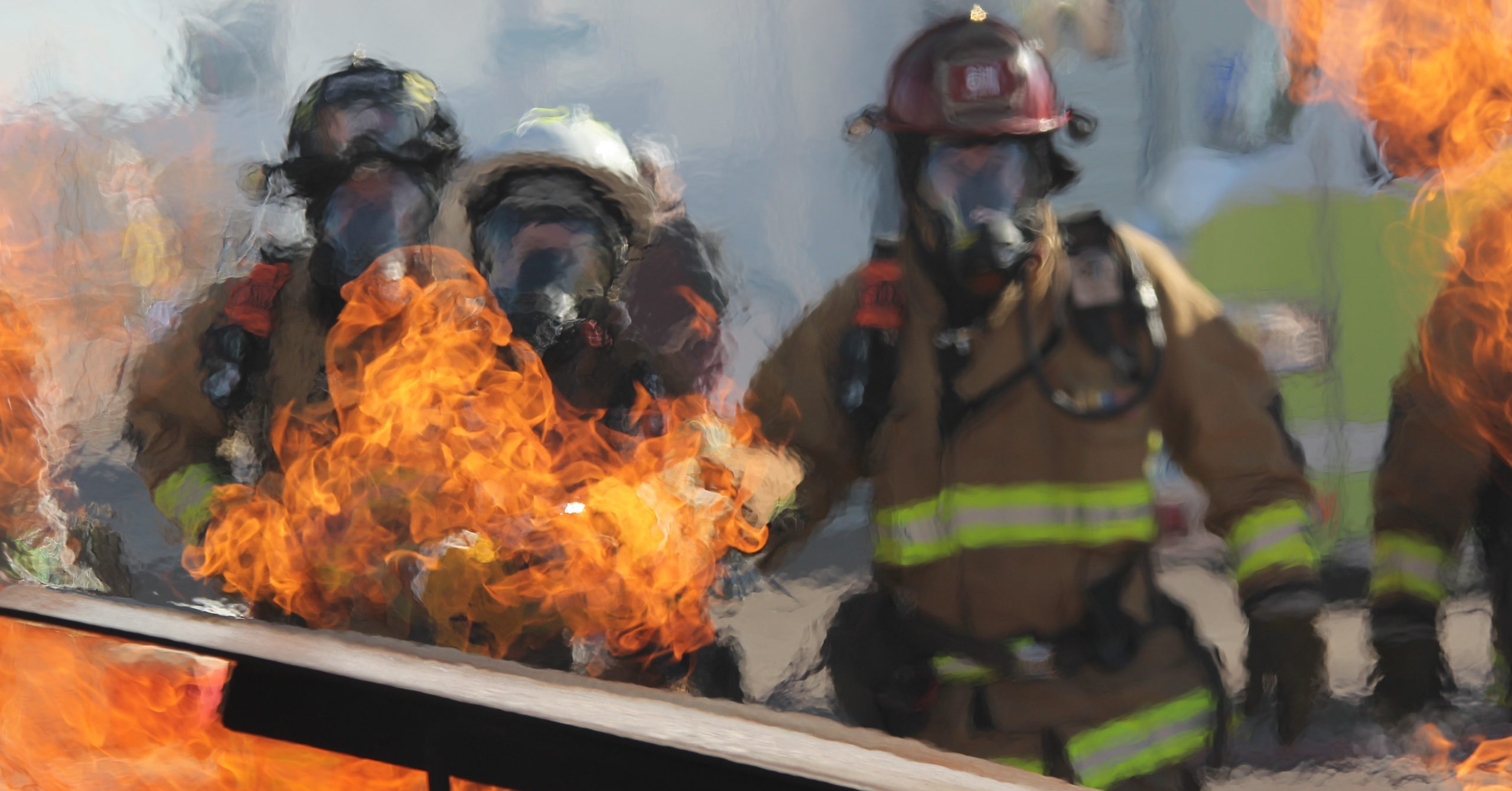In this article, we’ll break down what NIST 800-88 actually requires, why storage media of all types can defy expectations, and how verification services close the gap between intention and assurance.
One of the Lucky Ones

Mike Cobb tells his personal story of the Sonoma/Napa wildfires.
Mike Cobb, DriveSavers Director of Engineering, uses personal tragedy to help explain why we should all be protecting our business and personal information from potential loss, and how to do just that.
Listen to Mike’s Story in His Own Words
One of the Lucky Ones
As a survivor of the most deadly firestorm in California’s history, Mike Cobb is one of the lucky ones. Yes, he lost his family home and most of his physical possessions. But he and his family escaped death and their important personal data was also saved, thanks to multiple backups, including off-site and on the Cloud.
The Napa and Sonoma firestorms wiped out 8,400 homes and businesses, killed 42 people and disrupted the lives of tens of thousands last year. With Sonoma County just one town away from DriveSavers and many employees living in both Napa and Sonoma counties, the fires literally hit close to home.
The Cobb family—wife, children, dogs and cats—was evacuated from their Santa Rosa home during the wildfires this past October. The house burnt to the ground, destroying all their personal belongings, including computers, backup drives and other digital equipment.
The firelines were a half hour drive from the DriveSavers data recovery lab where Mike works as Director of Engineering. He has spent nearly 25 years with the world’s oldest and most successful data recovery company, helping customers get important information back from computers, smartphones, flash drives and other devices that are damaged, broken or dysfunctional.
Helping Other Fire Victims
The DriveSavers engineer was the featured speaker last month at the Novato Rotary Club where he used his personal tragedy to help show how everyone should be protecting their business and personal information from potential loss—whether from a firestorm raging over the hill, spilt milk on a laptop or anything in between.
“This is my hard drive,” Cobb said, holding up a black chunk of metal. “One of 10. This is the only one I could find that looks reasonably like a hard drive. So you’ll notice: no shiny parts. Nothing that’s gonna move properly. Nothing that’s gonna have any digital data.”
He was not alone. Thousands of homeowners and businesses had their computer systems destroyed by the flames. Mike felt badly because, for most, there wasn’t anything much that could be done after such a conflagration.
“The unfortunate part is, all my friends and family in my community, I couldn’t help. Very few could we help at DriveSavers. And that’s something that’s unfortunate. But I was there for them,” Cobb explained.
He personally met with more than 50 families that went through the same firestorm and lost everything.
“And those people I’ve met at hotels, I’ve met them at DriveSavers, I’ve met them at their house that was burned down—to see if there is anything we could do to salvage their data,” Cobb explained.
“And I did that knowing I probably wasn’t going to be able to help that many people. But emotionally—and this is where you’re all so important to anybody around—I gave them support. I listened to them. I saw the need—the need was they wanted the data, but the need was also knowing what could they do next. Well, they can’t get the data off of this device. So I would look and try to find and help the people that I could help. And every one of us had different stories.”
One Thing in Common
Not all data recovery scenarios involve such tragic headlines. Most data losses are not nearly as high-profile as a runaway fire. People drop their iPhones, spill a drink on their laptop or just realize their computer or tablet won’t boot up all of a sudden. Or maybe the information belonging to a small business is stored on one computer hard drive and now that computer, which turned on just fine yesterday and the day before, won’t turn on today. Next stop: DriveSavers.
On average, DriveSavers receives more than 20,000 devices per year sent to us for data recovery from customers all over the world. They all have one thing in common: important information that would be difficult or impossible to reproduce themselves is out of reach for some unexpected and/or unexplained reason. Data loss, it seems, always happens at the most unexpected and inopportune time.
Here’s where a backup copy of that data would really come in handy. But you can’t go back and create a backup once access to the data has been lost. You have to do that first, in anticipation of ultimately needing another copy for safekeeping.
Backup Strategy
Every data user’s system needs to include at least one backup of any and all important data that may be needed for personal or business reasons. A second back-up, in a different location, would be even better. It’s always a good idea to have a backup of your backup—just in case.
The information could be anything, but normally includes pictures, videos, documents, business records, tax records and other types of data that would be hard or impossible to replace.
Further Reading
Read more about how to protect your data with a great backup strategy:
Read more about protecting your data during natural disasters:





